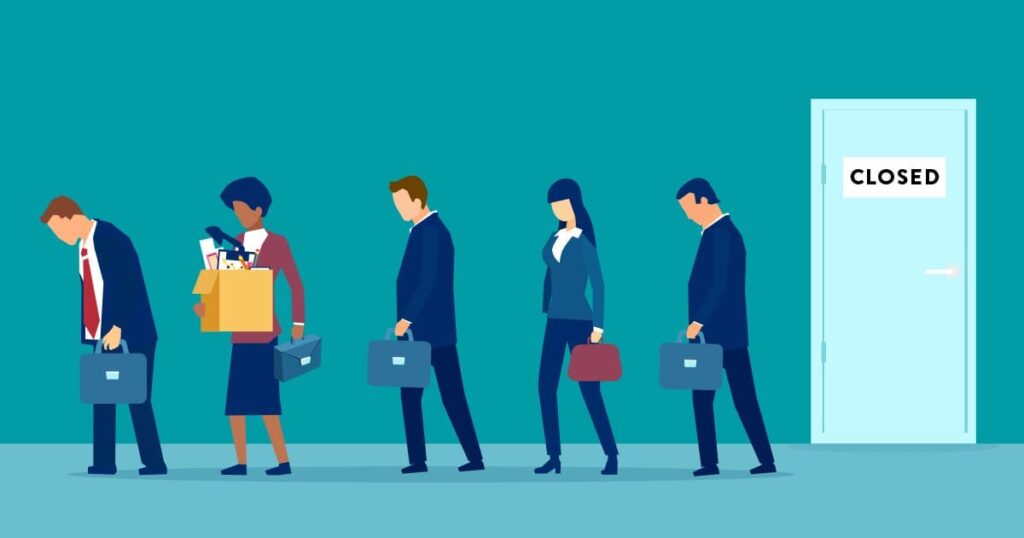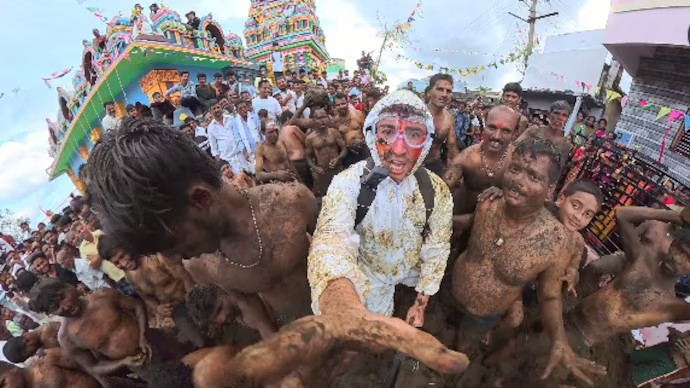Now Reading: Second Building Collapse in 48 Hours Shakes Delhi’s Seelampur, Multiple Feared Trapped
-
01
Second Building Collapse in 48 Hours Shakes Delhi’s Seelampur, Multiple Feared Trapped
Second Building Collapse in 48 Hours Shakes Delhi’s Seelampur, Multiple Feared Trapped

A four-storey building collapsed in Delhi’s Seelampur area on Sunday evening, leaving several people feared trapped under the debris. This is the second such incident in less than 48 hours, raising serious concerns about building safety and urban infrastructure in densely populated parts of the capital. Rescue operations are currently underway, with emergency teams racing against time.
What Happened
The building, located in a narrow, crowded street of Seelampur, suddenly came crashing down, sending panic through the locality. Eyewitnesses reported a loud thud followed by dust and chaos, as people ran to help those trapped. Local residents immediately alerted emergency services, and fire and disaster response teams arrived within minutes.
The structure was reportedly old and possibly undergoing modifications, though official confirmation is awaited.
Rescue Efforts and Casualties
Multiple teams from the fire department, police, and NDRF are on site. Sniffer dogs and equipment are being used to locate survivors. So far, several injured persons have been pulled out and taken to nearby hospitals. The exact number of people trapped is still unclear, as rescue teams continue to dig through the rubble.
Officials have cordoned off the area and are urging residents to stay away to allow uninterrupted operations.
Repeat Incident Sparks Alarm
This collapse comes just a day after another building fell in a separate part of Delhi, highlighting a disturbing pattern. The back-to-back incidents have sparked criticism of civic bodies and raised questions about building inspections, structural audits, and unauthorized constructions—especially in older localities where regulations are loosely enforced.
Concerns for Tier 2 and Growing Cities
While the spotlight is currently on Delhi, the issue resonates deeply with Tier 2 cities like Kanpur, Bhopal, and Surat, where rapid urbanization often outpaces safety norms. With many buildings being constructed in high-density areas without adequate checks, experts warn that similar tragedies could unfold elsewhere if preventive action is not taken.
Need for Stronger Regulation
Urban planners and civil engineers are calling for mandatory structural audits, especially for buildings over 15 years old. Residents too are demanding more accountability from municipal authorities. There’s a growing sentiment that safety cannot be compromised in the name of speed or cost-cutting in construction.
Conclusion:
The Seelampur building collapse is not just an isolated accident—it’s a reflection of deeper flaws in urban planning and governance. As rescue operations continue, the focus must shift toward enforcing stricter safety norms, conducting regular inspections, and ensuring that urban growth doesn’t come at the cost of human lives. For Delhi and many other Indian cities, the warning signs are now too loud to ignore

























